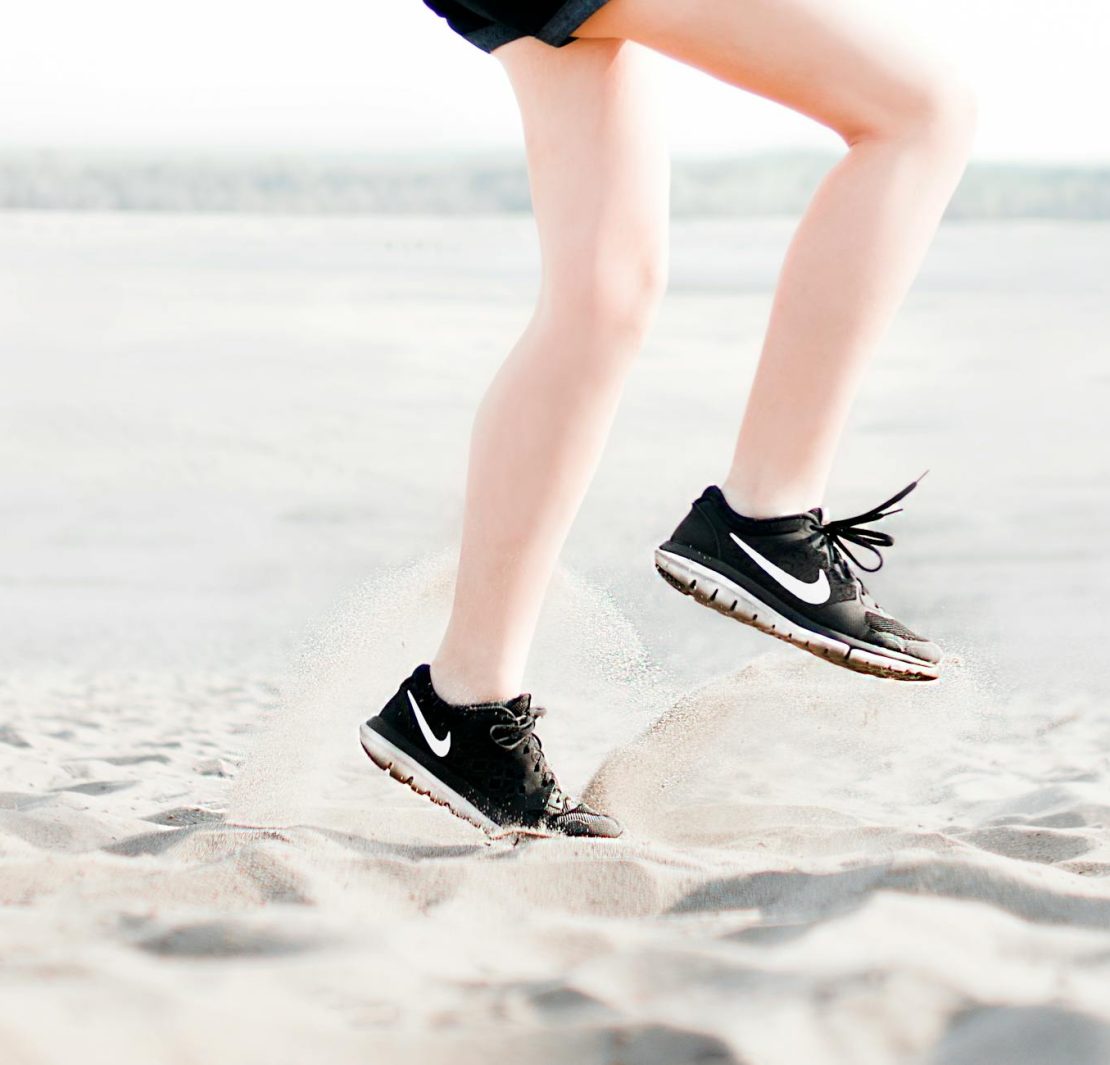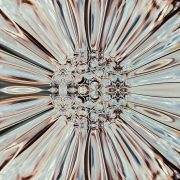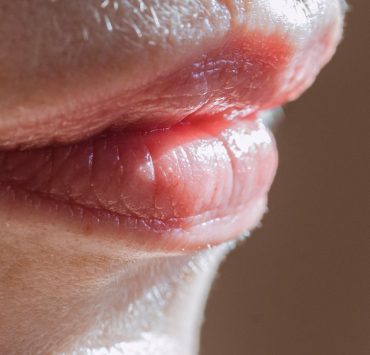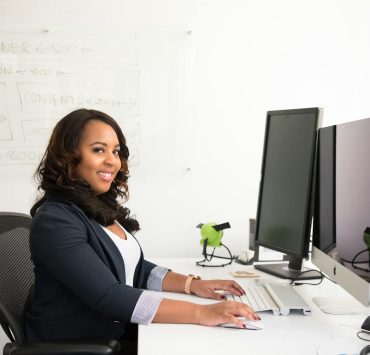Varicose veins are often considered an issue that affects older adults, but young women can also be susceptible to this condition. These swollen, twisted veins, typically found in the legs, can cause discomfort and pain and even lead to more severe health problems if left untreated.
Understanding the causes, symptoms, and treatment options for varicose veins is crucial for young women who want to maintain healthy, active lifestyles. In this comprehensive guide, we will explore the various aspects of varicose veins and provide practical advice on managing and preventing this common vascular issue. For detailed information on this topic, see Varicose Veins: Causes, Symptoms, and Treatment.
What Are Varicose Veins?
Varicose veins are veins that become enlarged and have a bluish or purple hue on the skin’s surface, which looks like knots appearing below the skin. At this time, the thin valve of the vein walls weakens, thus letting the blood accumulate in the vein, causing it to be stretched out and making it look twisted. Some veins are varicose because of their position or location, especially the superficial vein that connects the legs and feet to the heart; the veins are the most at risk because it get more pressure when standing and walking following these areas.
Causes of Varicose Veins in Young Women
Several elements attach persons, such as young females, to the development of varicose veins. Even passing down genetics is essential; we can’t deny it. If your parents or grandparents have had varicose veins, then you are at higher risk of developing them, also. Hormonal fluctuations, particularly puberty, pregnancy, and menopause, are also responsible for expanding the chance. Also, conditions like sitting, standing, staying too far from physical activities, and obesity might deteriorate.
Symptoms to Watch For
Varicose veins are problematic conditions in the sense that they look bad, and they may also cause those affected to experience a range of uncomfortable symptoms. Often reported are aching or heavy legs, burning or throbbing sensations, muscle cramping, and swelling in the lower legs. Some women might record feeling itching around one or more of the lines or seeing discolored skin. In severe cases, varicose veins can be transformed into skin ulcers, a medical care situation necessary for their approach to resolve.
Diagnosis and Treatment Options
If you suspect you may have varicose veins, you should first seek a professional medical examination. The inspection phase will mostly be carried out by the healthcare provider, especially the vascular specialist. It will typically include an ultrasound of the veins to check for blood flow. Given the severity of the case, there are different forms of treatment, from simple lifestyle improvements to more severe medical operations.
Lifestyle Changes
For mild patients with varicose veins, lifestyle modifications should be introduced first to decrease symptoms and avoid worsening the condition. Another effective alternative to prescription drugs is regular exercise, such as walking or swimming. Keeping your legs raised while resting after physical activity, avoiding sitting and standing with your legs for a long time, and putting on compression stockings can also bring about relief from varicose veins.
Medical Treatments
In more severe cases, however, one may resort to medical treatments. Sclerotherapy, one of the procedures, means that the physician injects into the veins where the condition is discussed. We are involved in minimally invasive interventions such as endovenous laser therapy (EVLT) and radiofrequency ablation (RFA), which use concentrated heat to seal blood vessels. Moreover, in rare cases, surgical methods such as vein stripping or phlebectomy may be the optimal treatment protocol.
Preventing Varicose Veins
One should immediately get the illness caught and then cure it. Women should start now by taking some of these measures to reduce their chances of suffering from varicose veins. Keeping an optimal body weight and being constantly on the move physically is a great thing to do. Moving around the body due to the practice makes it fresh to patients and helps them lose weight. Getting rid of the pumps and tight clothes can also relax your veins. Also, a routine involving tea breaks and leg lifting can help in the battle against the onset of varicose veins.
When to See a Doctor
While varicose veins usually look less harmful, any sharp pain, swelling, or skin lesion warrants a doctor’s attention. That’s because these symptoms may show comorbidities like blood clots or CVI, which need to be diagnosed at once by a healthcare provider.
Conclusion
Varicose veins could impact young ladies just as much as senior citizens; understanding the condition is beneficial information for managing and preventing the problem. By understanding the causes, symptoms, and different healing and preventive options, you could act quicker to preserve the overall health of the veins and body. There is a wide-ranging approach to address varicose veins and reduce their abuse. If you have swollen, bluish veins in your legs and are experiencing the connected symptoms, the smart move is to avail help from a healthcare provider, especially if it requires treatment, care, and management.
Share this:
- Click to share on Tumblr (Opens in new window)
- Click to share on Twitter (Opens in new window)
- Click to share on Facebook (Opens in new window)
- Click to share on Reddit (Opens in new window)
- Click to email a link to a friend (Opens in new window)
- Click to print (Opens in new window)
- Click to share on Pocket (Opens in new window)
- Click to share on LinkedIn (Opens in new window)
- Click to share on Pinterest (Opens in new window)





